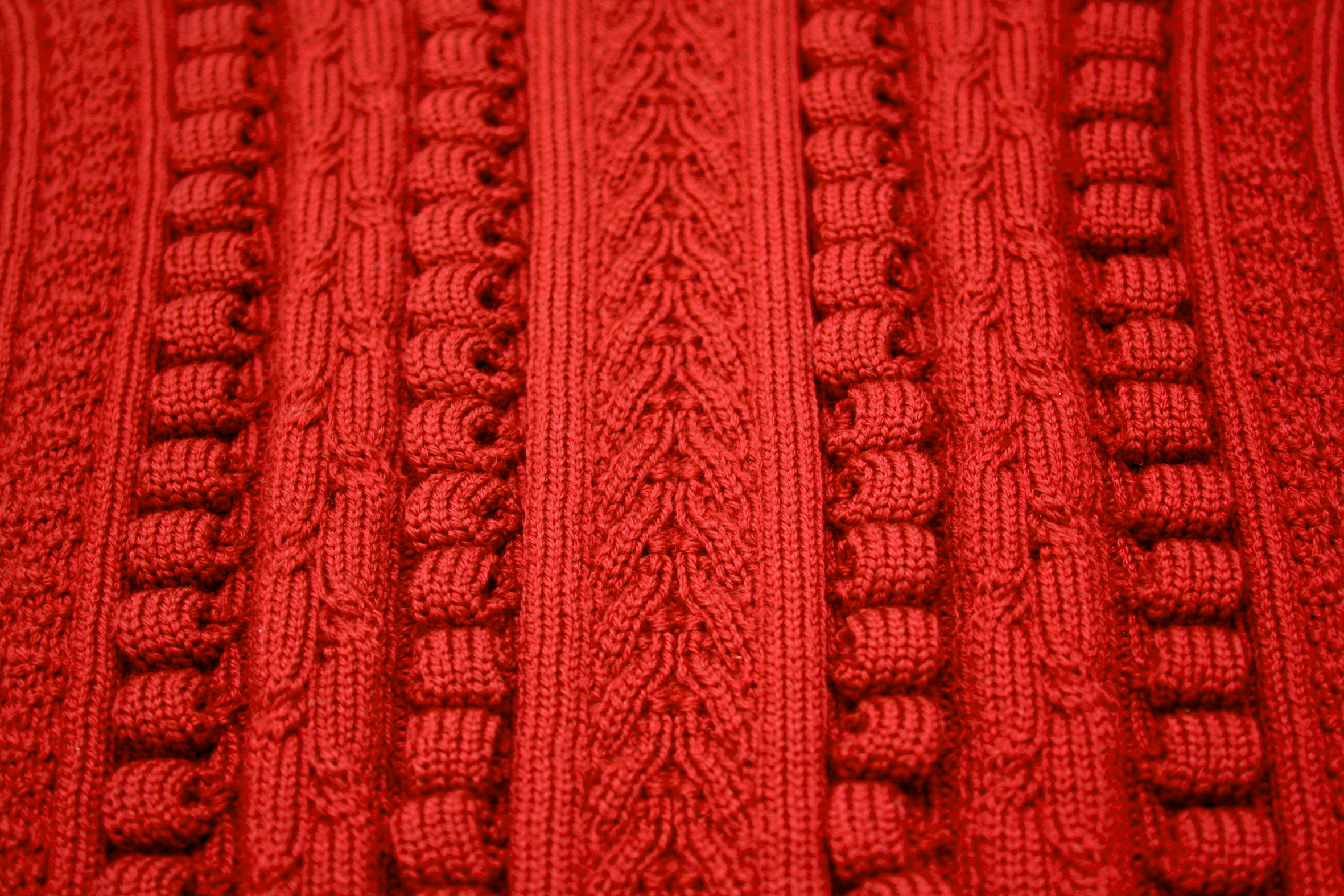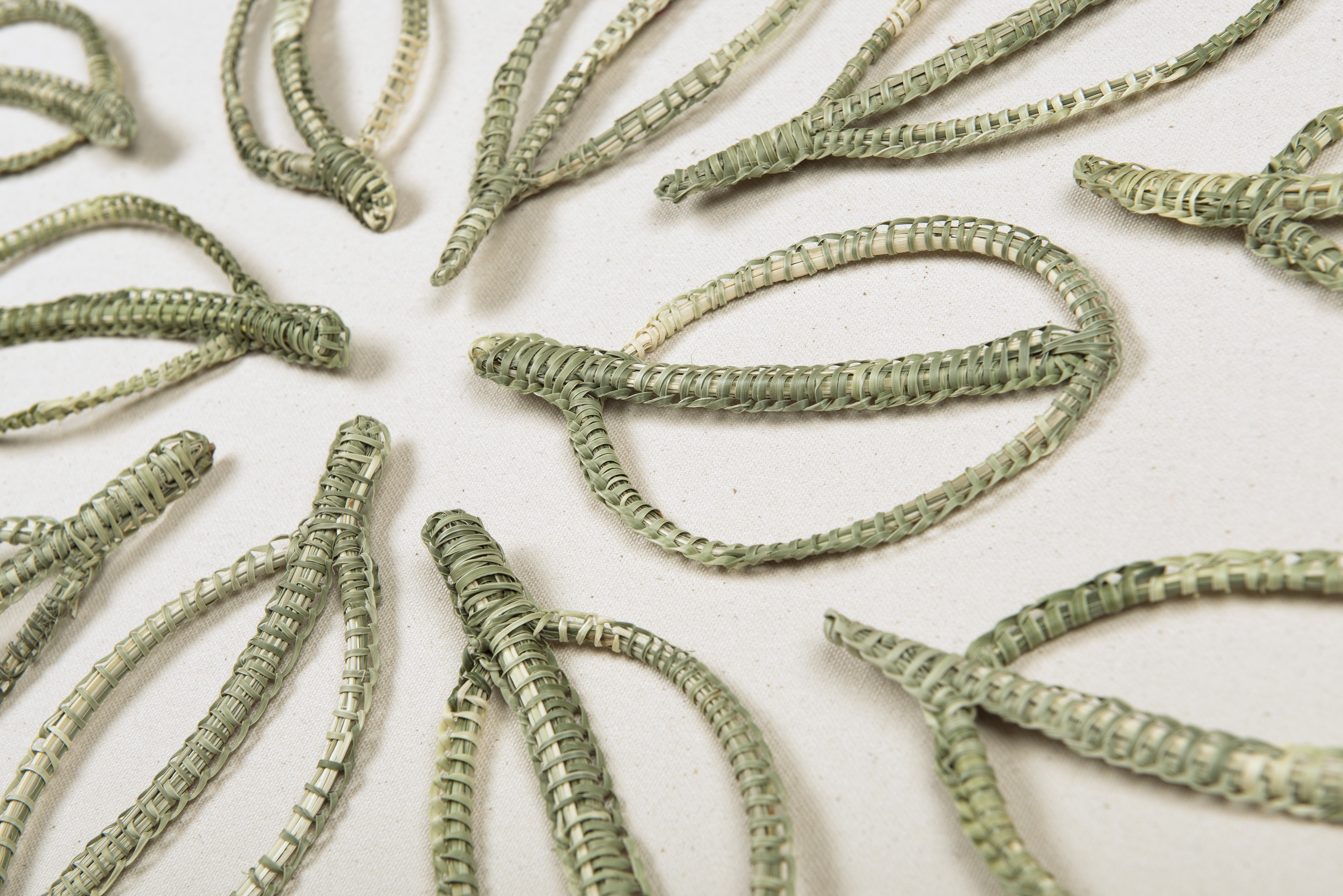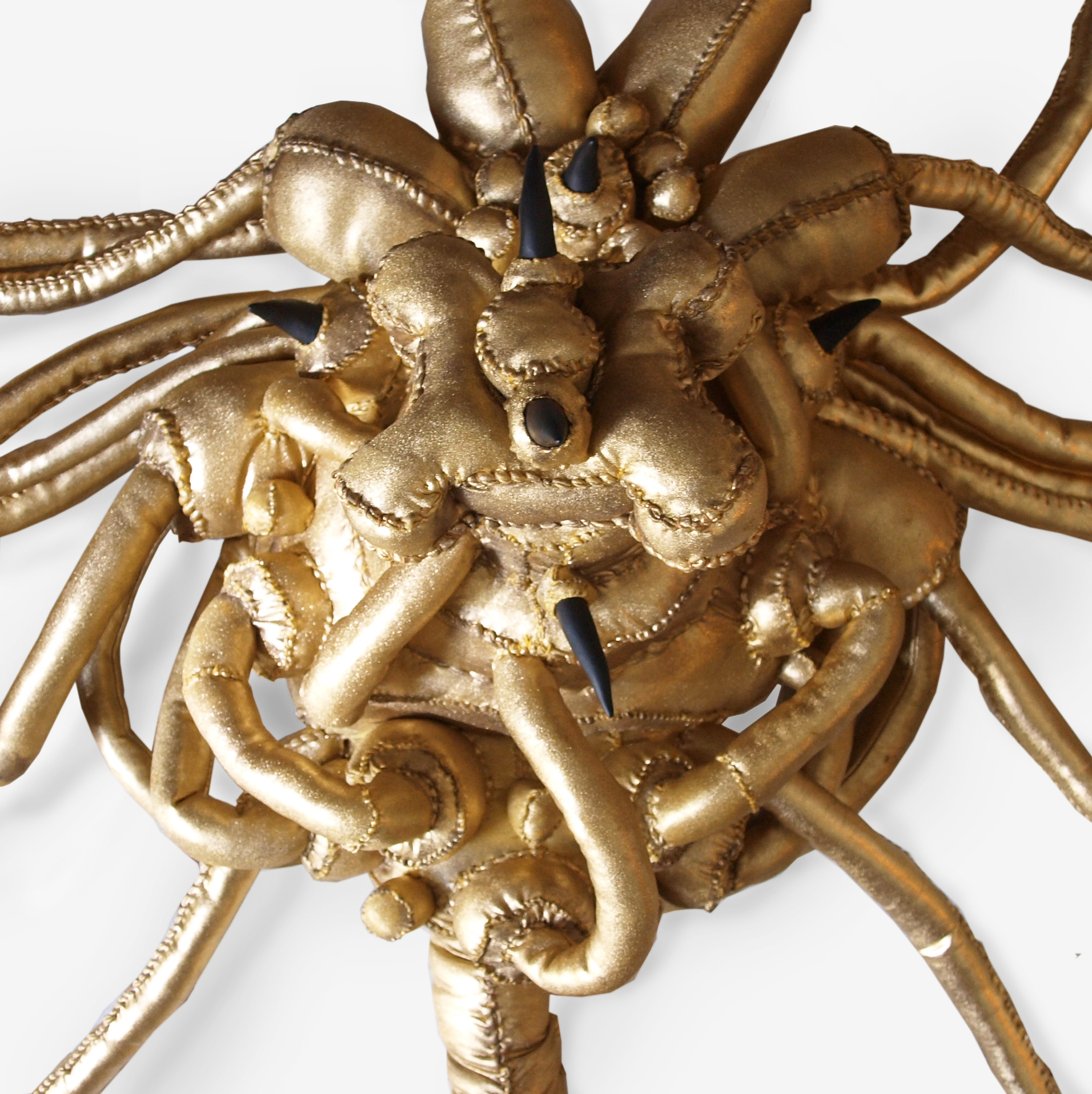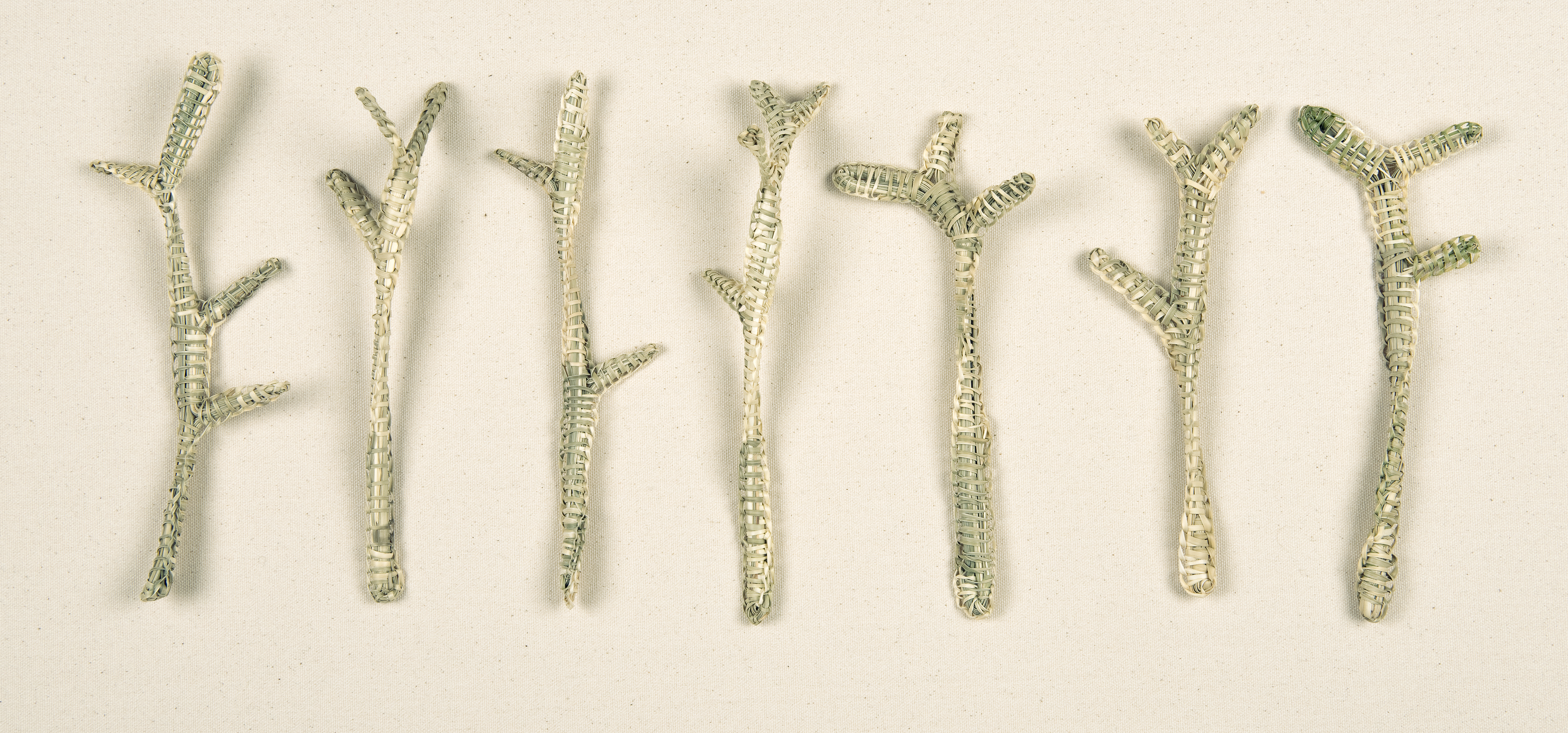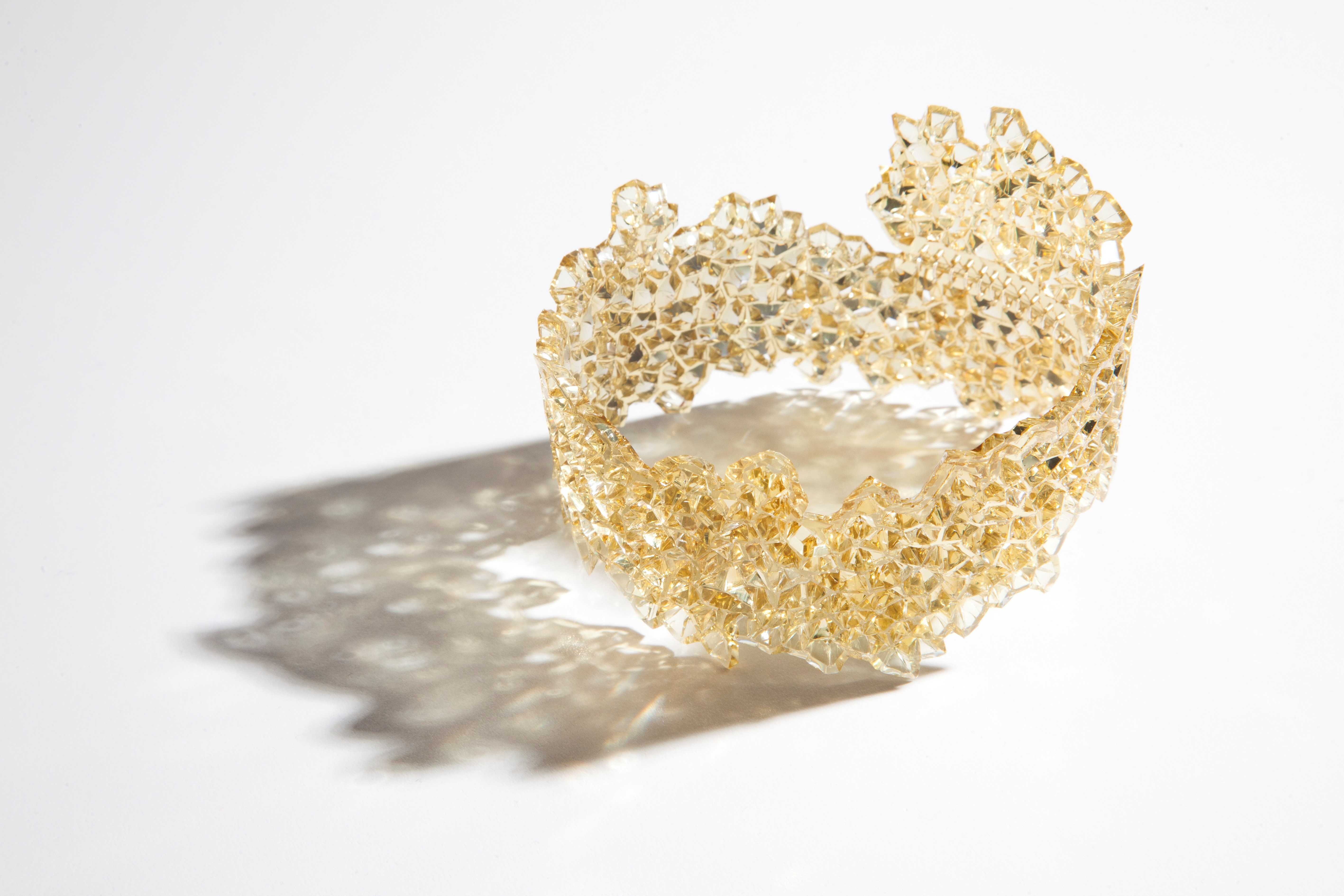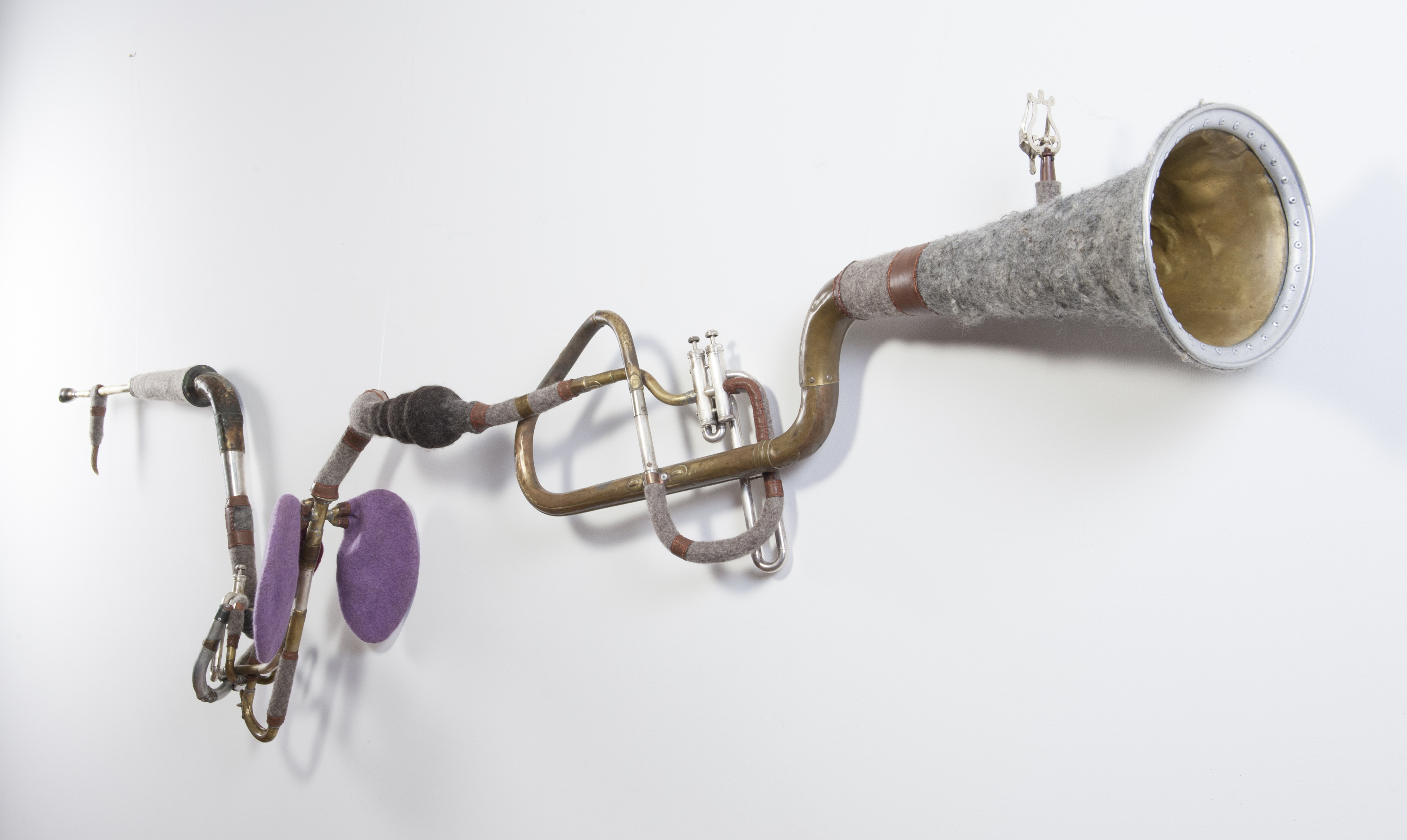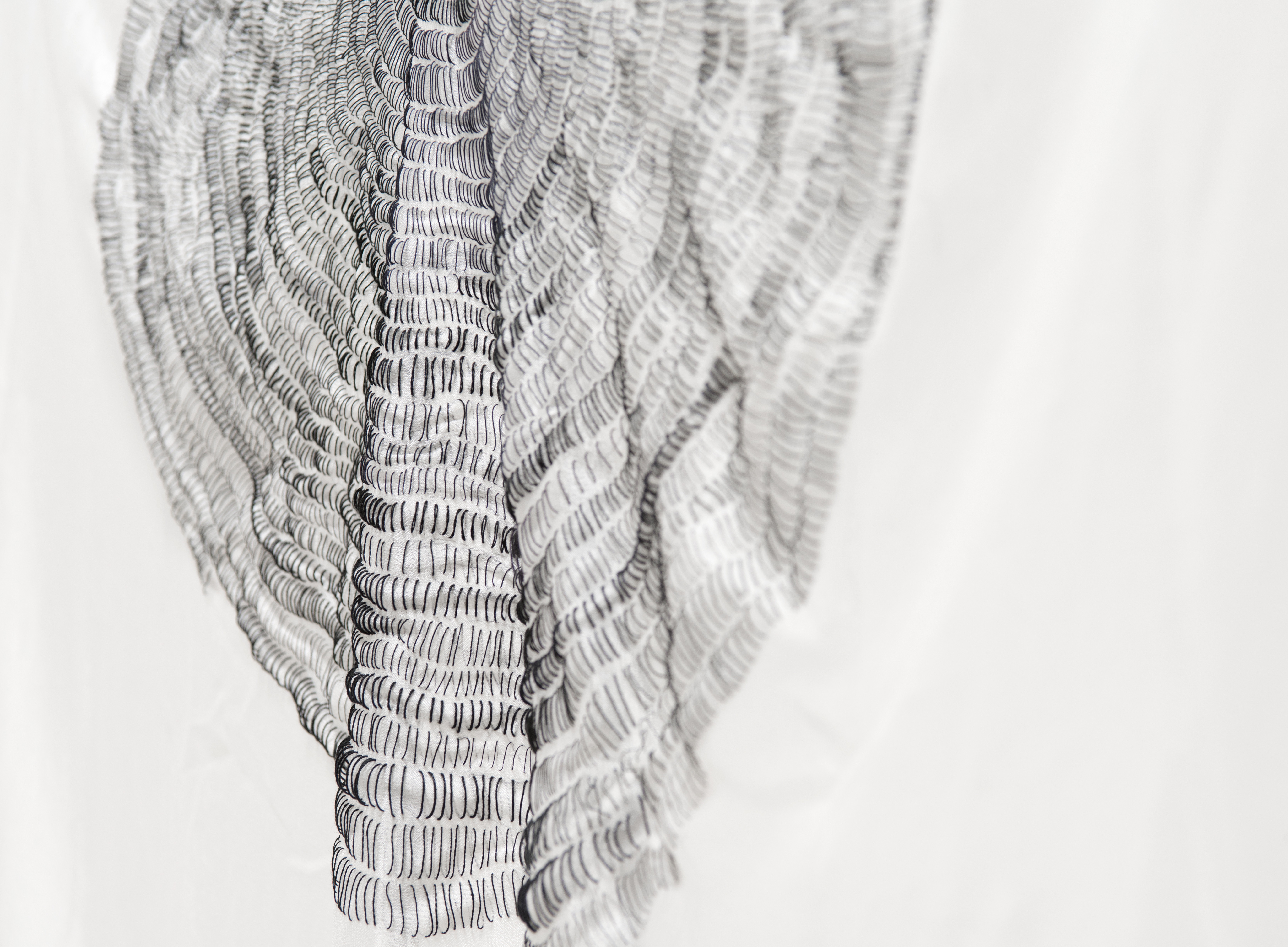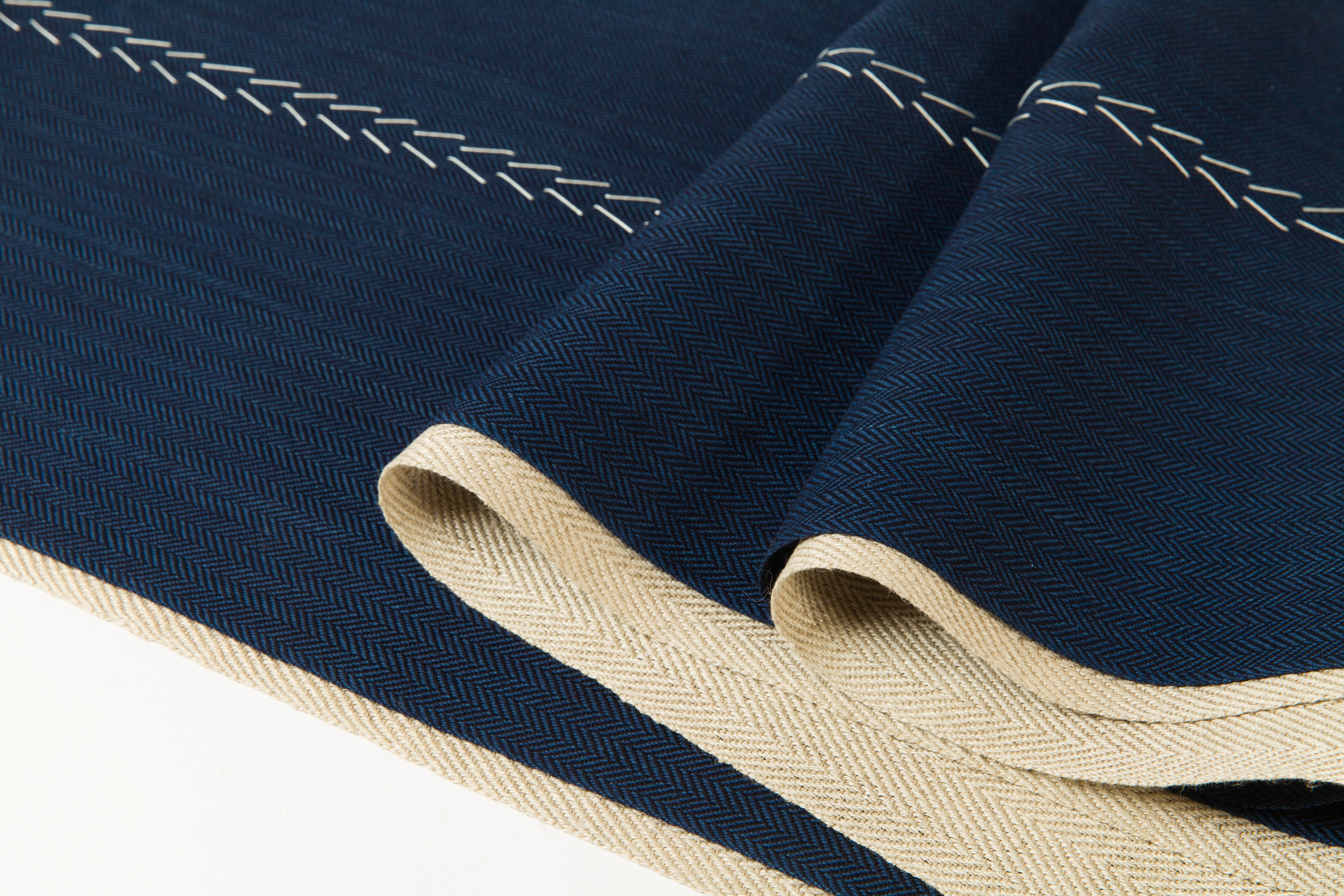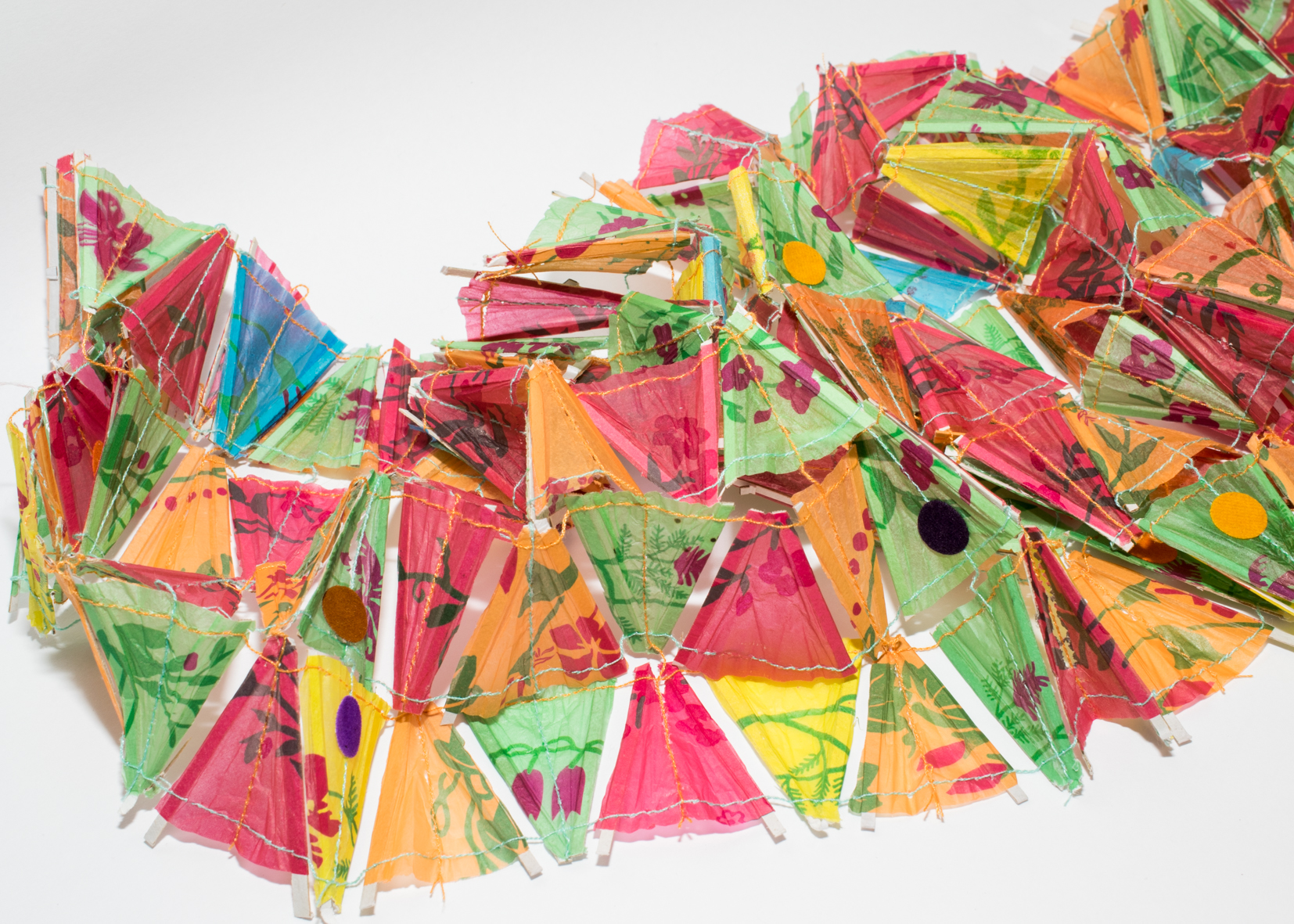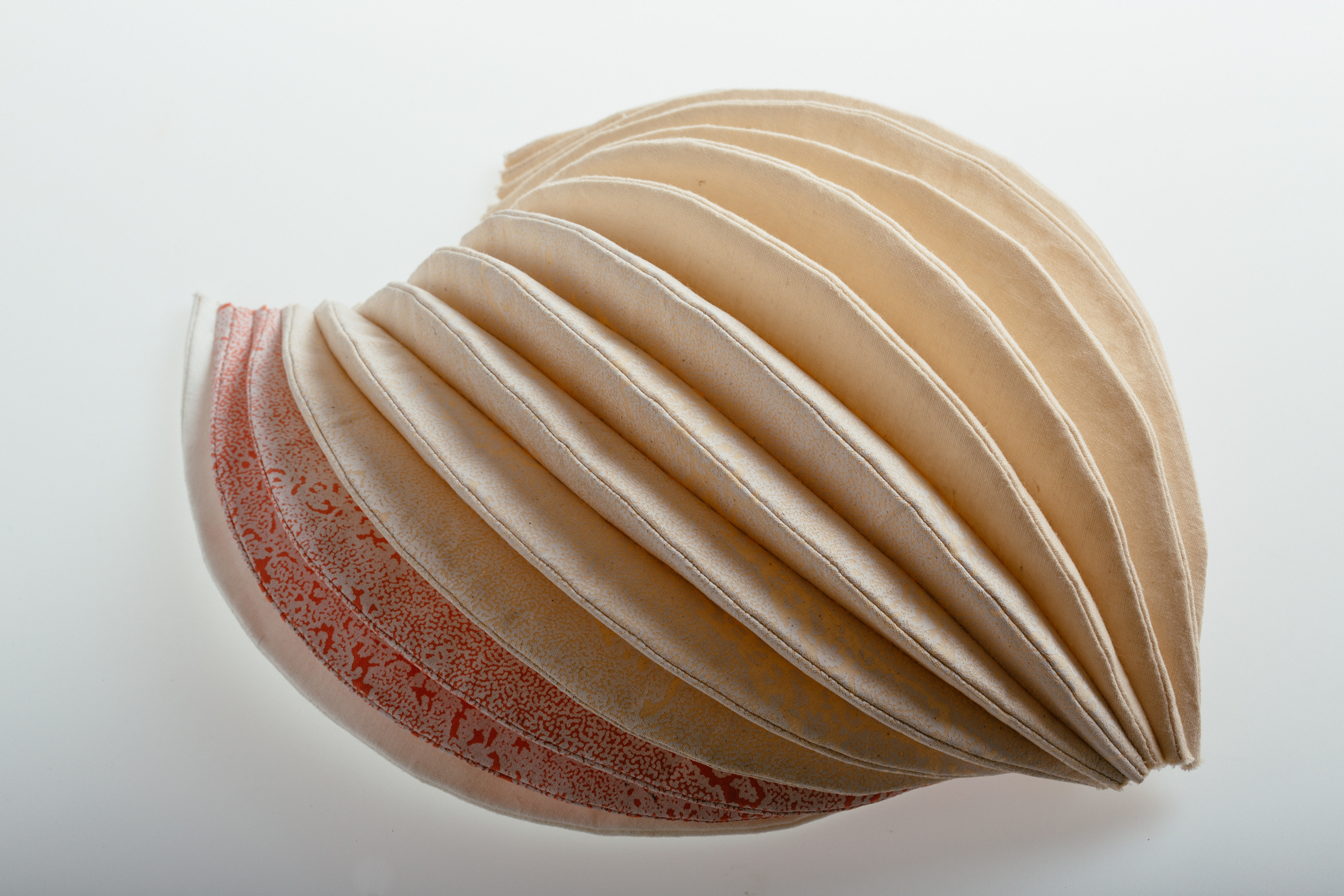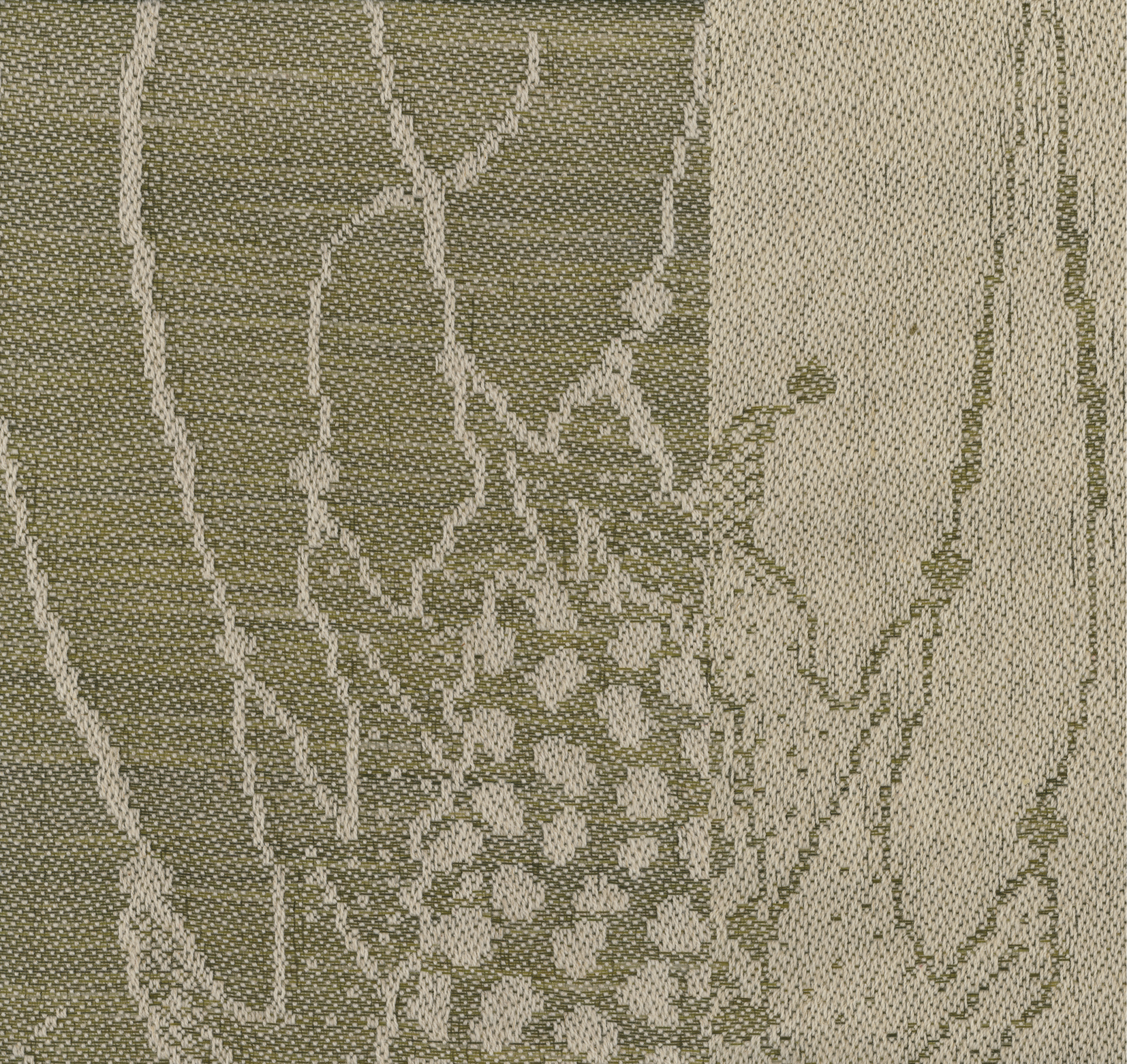For the second Tamworth Textile Triennial, which opened at Tamworth Regional Gallery in August 2014, the curator, Cecilia Heffer, asked the 22 selected artists, in her words “to explore themes around collaboration, interdisciplinary relationships and the cross-pollination of ideas”.
Heffer reflected on her experience as an exhibiting artist and of working in “isolation for months and months”, and the regret she felt not meeting the other artists or Gallery staff until the exhibition opening. So for the Triennial she “looked at ways to nurture collaboration between the artists . . . we wanted to enhance the artist experience and foster new networks, a group exchange of ideas and information”. Heffer worked with Sandra McMahon, the Director at Tamworth Regional Gallery, and McMahon’s staff, to arrange for the artists to be flown to Tamworth for a weekend-long retreat in July 2013, at the beginning of the process. Artists were also invited to share ideas via Facebook and participate in a blog. It was after the retreat that Heffer decided on the title for the exhibition, Group Exchange.
We wanted to enhance the artist experience and foster new networks, a group exchange of ideas and information
The artists were asked to consider what collaboration could bring to their practice. As Heffer said, “you plant a seed and then see what’s going to happen.”
So, what did happen? The artists responded in different ways, with Heffer concluding: “the artists have come to look at collaboration as various sets of relationships in practice and have had a space to view these from new perspectives”. Some artists have explored very similar ideas. The works of Gillian Lavery, Ilka White and Anita Larkin are all concerned with breath.
Artist Gillian Lavery looked at the universality of breath. As Lavery explains, “We [Ilka White and I] were talking about breathing and meditation and Ilka shared with me a work that she had made where she drew her breath. I then thought about stitching my breath.”
In her artist statement, Lavery wrote about her work entitled Pranayama:
“To stitch for ten minutes a day for a year, around in a circle, focusing on my breath? – could I make such a commitment? What kind of conversation might evolve out of a collaboration between my hand, the cloth, the needle and thread and my breath? Out of bringing the act of breathing into play with the act of making?
I measure the thread, a breath length, from my mouth to my belly button and back. I tie a knot at one end and thread my needle. I secure my embroidery hoop in position and set the timer for 10 minutes. Breathing in I draw the thread through the silk toward me. I notice the sound of the thread and the cloth passing through one another. Breathing out I draw the needle back through the cloth.”
The artists have come to look at collaboration as various sets of relationships in practice and have had a space to view these from new perspectives
White’s work is also inspired by the notion of breath and connectedness. Her interest in breath is inspired by the writing of environmental philosopher and cultural ecologist, David Abram, in particular his essay The Commonwealth of Breath:
“It is easy, you might say, to overlook something that’s invisible. We don’t commonly notice our breathing, though it enables all we do notice. And we do not commonly see the air, since it’s that through which we see everything else. The atmosphere is ungraspable, unmappable, and hopelessly unpredictable – an ever shifting flux we’re generally unable to lay eyes on. The unseen quality of air is what prompted so many traditional peoples to pay surpassing respect to this medium; acknowledging the breath and the gusting wind as aspects of an especially sacred power, a ubiquitous and meaning filled plenum in which they found themselves immersed.”
White’s primary collaborator for her work in the Triennial is Merri Creek Billabong in Melbourne, explaining, “The billabong near my home has been my muse for some years now. It serves as collaborator, anchor and sounding board for much of my creative process”.
She also worked with a ‘guild’ of 10 collaborators including Michael Schlitz (print-maker), Kristian Laemmle-Ruff (photographer), the Fitzroy/Collingwood Afghani Women’s Group (embroidery), Chris Sprague (composer/traveller/philosopher) and Ria Soemardjo (Indonesian singer/dyer). The ‘guild’ provided some challenges for White:
“Working collaboratively throws my own process into sharp relief. I tend to postpone closure, progressing quite slowly and holding a cloud of related ideas around me until they find their place in the work. Communicating this amorphous territory to others requires trust and patience from both sides. The nature of the exchange changes from one to the next but I’ve really enjoyed the common ground and understanding that’s emerged from quite different practices. It can be difficult (and, I think, irrelevant) to identify where the work began and who’s influencing whom.”
There is a new poetry and a depth in the work that is presented in this Triennial. It is also a reflective show, with artists considering their practice with a new awareness
Like Lavery and White, Larkin has examined the idea of relationships and connection created through the act of breathing: “The idea that there is the same amount of air travelling through our bodies, through the air, through the trees, as our ancestors had. Breath is what links us, links us to our past, to each other, to nature. It is I feel a global collaboration.” Larkin stepped outside her normal practice as a feltmaker to explore the idea of breath and collaboration. Working with an instrument maker, Richard Robinson, and a musician, Mark Holder-Keeping, she made a three metre-long musical instrument from “discarded brass instrument parts of a trumpet, parts of a bashed up euphonium, some copper plumbing pipe, an aluminium back of a chair, light fittings, a light globe, and a tyre pressure gauge.”
Through the commitment of the curator and Tamworth Regional Gallery, a space has been created for artists to reflect on their practice and consider their concerns in new ways: sometimes collaborating with others, sometimes reconsidering the materials and processes they use and sometimes incorporating new practices, always breathing new life into their art.
Group Exchange, the 2nd Tamworth Textile Triennial, Tamworth Regional Gallery, 16 August – 18 October 2014, then touring nationally. For information visit http://2ndtamworthtextiletriennial.com/
This is an abridged version of a review written by Sarah Evans, Arts writer

